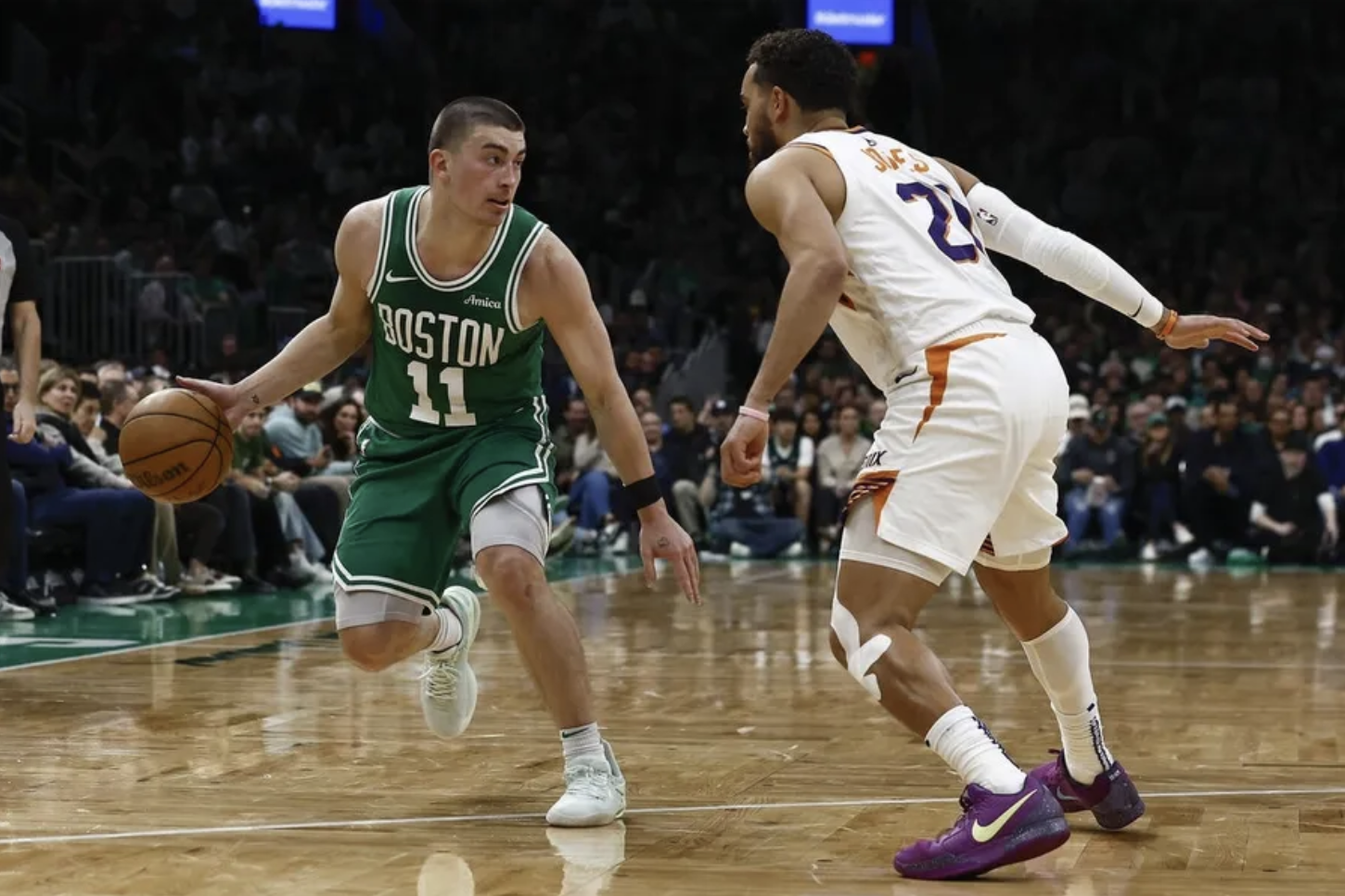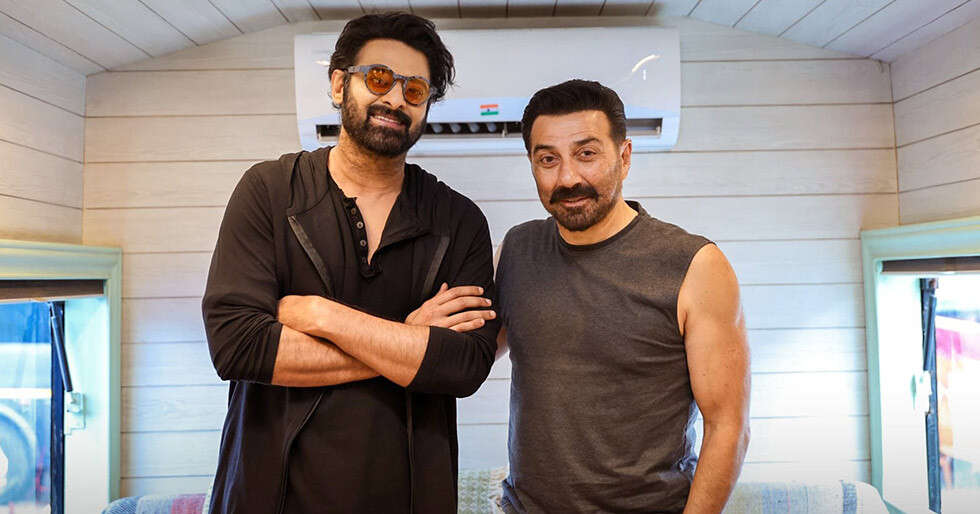Williamsport City Council has adopted the $25.4 million American Rescue Plan budget, a changeable framework for spending the COVID-19 pandemic relief funding package going to various projects to improve the city’s financial outlook, economic standing and quality of life.
Appropriations include: $6.5 million in fiscal relief; $5.3 million in economic development; $6.2 million in public works; $3.5 million in recreation; $3.6 million in public safety and $150,000 in miscellaneous.
The equity derived comes from $12.7 million in the first tranche that has been received and $12.7 million in the second installment expected in late April or early May.
The ordinance adopting the budget was approved by Mayor Derek Slaughter and Adam Yoder, council president.
Officials are eager to see many projects come to fruition.
“These dollars are the taxpayers’ money coming back to them,” Slaughter said.
“With that in mind, the administration and Council worked together in a very transparent way to get the allocation from the American Rescue Plan Act (ARPA) in place.
“Additionally, I appreciate that Council passed the initial projects which the administration brought before them including the splash park in East End, body cameras, fire trucks, and renovations to Memorial Pool.
“The purpose of this money is to have a transformational impact on our city. We are well on our way to making these positive improvements and will continue to do so.”
The budget lists $6.3 million in lost revenue; $200,000 in COVID related expenses for a total of $6.5 million.
Under economic development, the city budgeted $2.7 million for the redevelopment authority; $2 million for the land bank; $450,000 for future projects/reserved; $200,000 in contingency and $960,00 in prior and total grant to date spent.
Under public works, there is $2.1 million for the levee; $2.3 million for Grafius Run; $730,000 for the Williamsport Municipal Water Authority; $730,000 for future projects/reserved and $400,000 contingency.
Under recreation, there is $800,000 for Brandon Park baseball fields; $500,000 for Shaw Place Park, Splash Pad; $1.8 million in future projects/reserved; $200,000 contingency and $110,000 in Memorial Park Pool.
Under public safety, $470,000 for police radios; $350,000 for body cameras; $200,000 for Bureau of Fire personal protective equipment; $2.6 million in future projects/reserved for a total approved of $3.6 million and budget remaining, $3.1 million.
Under Other/Miscellaneous, there is $150,000.
“The ARPA budget are estimates and are what we think are needed and that is subject to change,” said Councilman Randall J. Allison, former council president.
“Anytime you make a plan, there are always different developments that come up over the course of months or years and we are able to shift the money around where we can identify areas of more need than we put in there,” he said.
“It is a framework to spend the money, but that may change as situations change,” Allison said.
“Over the past nine months, City Council had held multiple work sessions to debate various approaches to allocating and spending this money in ways which will address multiple city and constituent needs,” Yoder said. “The budget council approved last week is a result of that work, and I applaud each member of council for their work and diligence throughout this process.
“This budget reflects a combination of agreement and compromise on allocations,” he added.
For example, the council agreed on funding vital projects such as the levee and Grafius Run flood mitigation, and the budget reflects those allocations.
“But we’ve also compromised on areas,” Yoder said.
As an example, the council took funding from fiscal relief and economic development and allocated that to recreation and public safety for various projects identified by city government and stakeholders throughout this process.
“Council was able to come to an agreement and compromise through this process by listening to each other, and more importantly, listening to the people of our city,” he said.
In the end, the budget addresses many needs.
Yoder also thanked the public for their participation and patience throughout the process.
“We’ve heard from our constituents – both publicly and privately – throughout this process,” he said. “That has been extremely invaluable in ensuring we hear and understand their needs directly and clearly,” he said.
Public patience was something Yoder observed and was grateful for.
“While we’ve known we have had this funding coming for nearly a year, this is the first full-scale plan that has been deployed by the city in allocating and spending this money,” Yoder said. “Anytime seven people lead an effort like this, it takes more time, but the patience of our constituents made this undertaking more feasible and I’m thankful for that.”



















Discussion about this post